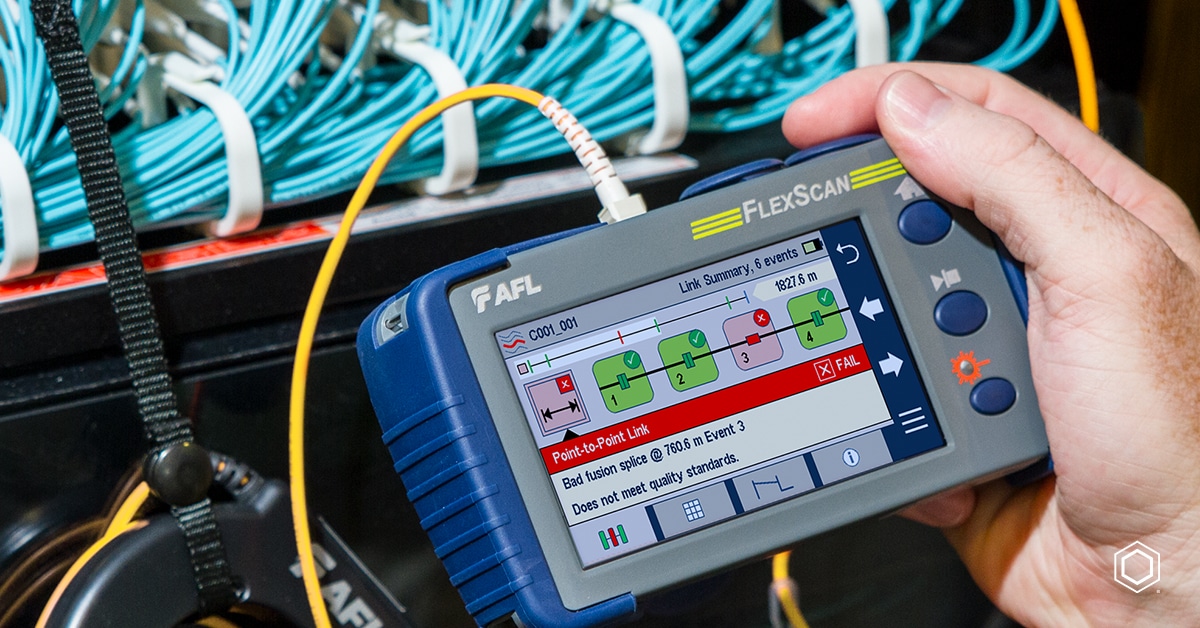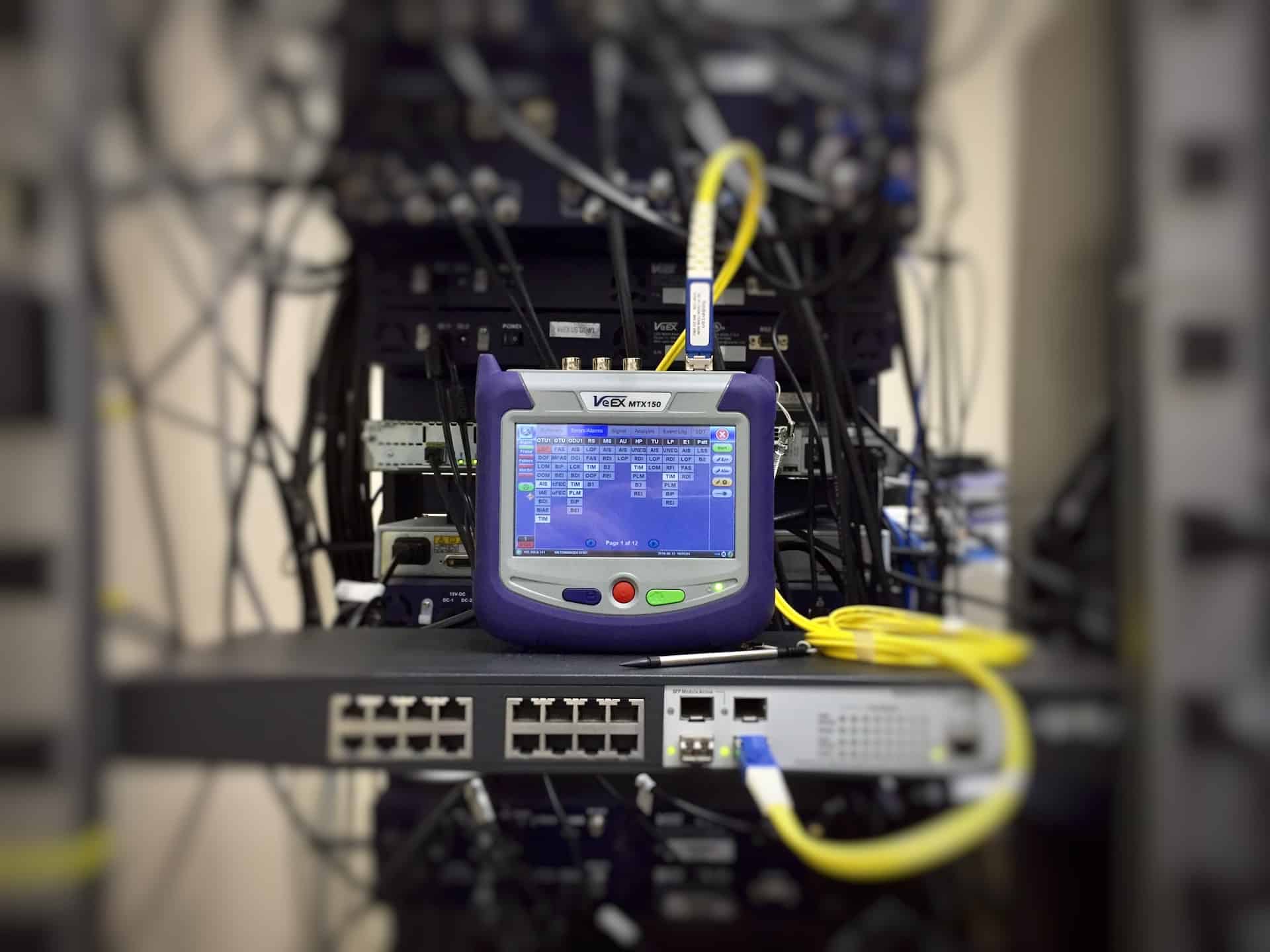Introducing the Trick Use Optical Fiber Checking for Reliable Data Transmission
In the world of modern-day communication, optical fibre screening arises as an important method for optimizing data transmission. Recognizing the multifaceted applications of optical fibre testing invites a much deeper exploration right into its critical function in forming the future of information communication.

Significance of Optical Fibre Testing
The value of optical fibre screening can not be overemphasized, as it works as a critical element in making sure the dependability and efficiency of data transmission systems. In an age where high-speed interaction is extremely important, any deficiencies in fiber optics can lead to significant data loss and reduced efficiency. Therefore, strenuous testing protocols are important to confirm the integrity and efficiency of optical cable televisions.
Examining enables the recognition of defects such as micro-bends, macrobends, and splice losses that can hinder signal high quality. It gives insights right into the overall depletion and transmission capacity capacities of the fibre, making sure that the network meets certain operational criteria. Normal screening not just improves system efficiency but likewise extends the life-span of the facilities by recognizing possible concerns prior to they escalate into pricey failings.

Kinds Of Optical Fiber Examinations
Various kinds of optical fiber tests are carried out to make certain the performance and reliability of fibre optic networks. These examinations can be categorized into a number of essential types, each offering a details function in evaluating the honesty of the fiber.
First, Optical Time Domain Reflectometry (OTDR) is a popular test that recognizes mistakes, splices, and ports within the fiber. By sending pulses of light and analyzing the reflected signals, service technicians can pinpoint concerns along the fibre's length.
2nd, insertion loss tests review the quantity of signal loss when light travel through connectors or splices, which is essential for preserving network efficiency.
Third, return loss examinations determine the amount of light reflected back in the direction of the source, providing understandings into the high quality of connections and prospective sources of disturbance.
Furthermore, connection examinations make certain that the fibre path is total, allowing professionals to confirm that the fibre is intact with no breaks. optical fibre diameter analyser.
Lastly, aesthetic mistake locators make use of visible light to determine breaks or extreme bends in the fibre, aiding in fast troubleshooting. Jointly, these examinations form an extensive strategy to preserving optimal efficiency in fiber optic networks.

Applications in Network Upkeep
In contemporary telecommunications, efficient network maintenance depends heavily on optical fibre screening to determine and fix problems promptly. Routine testing makes sure that the network operates at optimum performance levels, reducing downtime and improving customer experience.
One of the primary applications of optical fibre screening in maintenance is the detection of faults, such as breaks, bends, or inappropriate connections. Techniques like Optical Time Domain Reflectometry (OTDR) enable technicians to situate these issues properly and click here to read examine the high quality of the fibre link. Furthermore, loss testing validates the integrity of the optical course, guaranteeing that signal depletion continues to be within acceptable restrictions.
Routine maintenance screening also assists in safety nets, recognizing potential problems prior to they intensify into considerable failures. This proactive method can save organizations both time and financial sources. During upgrades or expansions, optical fiber testing makes certain that brand-new setups integrate effortlessly with existing facilities.
Enhancing Information Transmission Dependability
Reliable network maintenance with optical his response fibre screening not just addresses instant concerns but likewise plays a significant duty in boosting data transmission dependability. By recognizing mistakes, measuring signal loss, and analyzing the overall condition of fiber optic cables, testing makes certain that potential issues are corrected prior to they escalate right into significant disruptions.
Routine optical fibre testing, such as time-domain reflectometry (TDR) and optical time-domain reflectometry (OTDR), enables specialists to identify the specific places of breaks, flexes, or connector issues within the network. This proactive strategy not only reduces downtime yet likewise maximizes the performance of information transmission by guaranteeing that the pathways for signals are clear and working efficiently.
Additionally, testing aids in confirming adherence to sector criteria and requirements, which is essential for keeping the honesty of information flow. By ensuring that each link meets called for thresholds for loss and high quality, companies can strengthen their confidence in the reliability of their information networks.
Inevitably, buying extensive optical fiber testing not just improves information transmission dependability however likewise supports the long-lasting operational discover this efficiency of communication frameworks.
Future Fads in Fibre Screening
Emerging technologies are positioned to reinvent fibre testing, leading the way for improved efficiency and precision in information transmission diagnostics (optical fibre diameter analyser). As the need for faster web and higher bandwidth continues to increase, the integration of advanced tools such as expert system (AI) and maker understanding (ML) is established to transform traditional fiber screening methods. These innovations will make it possible for predictive upkeep and automated fault discovery, significantly minimizing downtime and improving network integrity
Furthermore, the fostering of Web of Points (IoT) gadgets will certainly help with real-time tracking of fibre networks, enabling instant recognition of performance issues. This change in the direction of proactive administration will certainly reduce disruptions and enhance information circulation.
Furthermore, technologies in optical time-domain reflectometry (OTDR) and brand-new screening requirements will certainly improve the accuracy of measurements, making sure that information stability is preserved throughout the transmission process. The arrival of 5G innovation additionally demands the advancement of a lot more innovative fibre testing techniques to sustain its high-speed needs.
Verdict
In conclusion, optical fiber testing is necessary for keeping effective data transmission within communication networks. By utilizing different screening methods, such as OTDR and insertion loss tests, prospective faults can be determined and corrected, thereby improving signal clearness and reducing downtime. Regular screening not only guarantees conformity with market standards but also helps with aggressive maintenance, inevitably adding to the long-lasting dependability and efficiency of fiber optic systems. The ongoing development of screening methods will certainly better strengthen these abilities in the future.